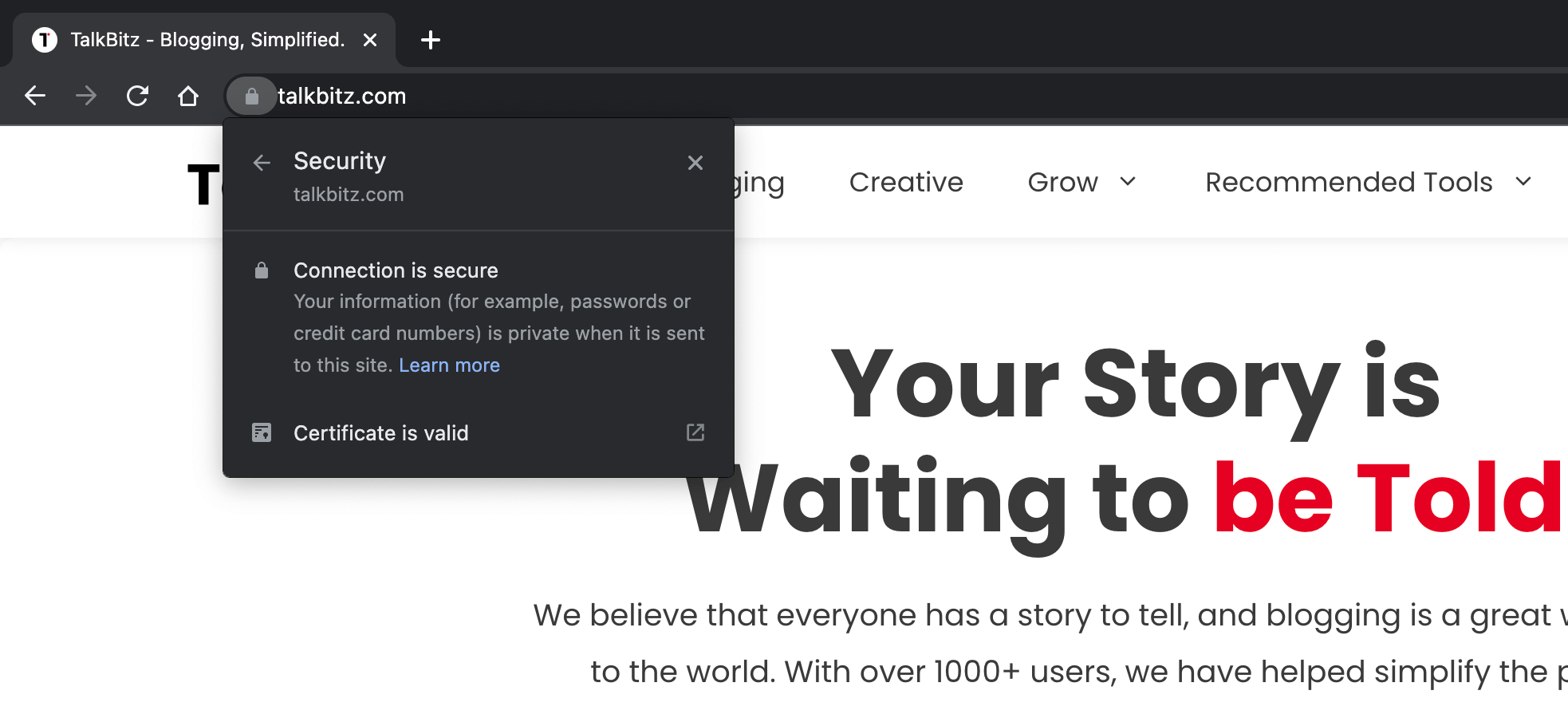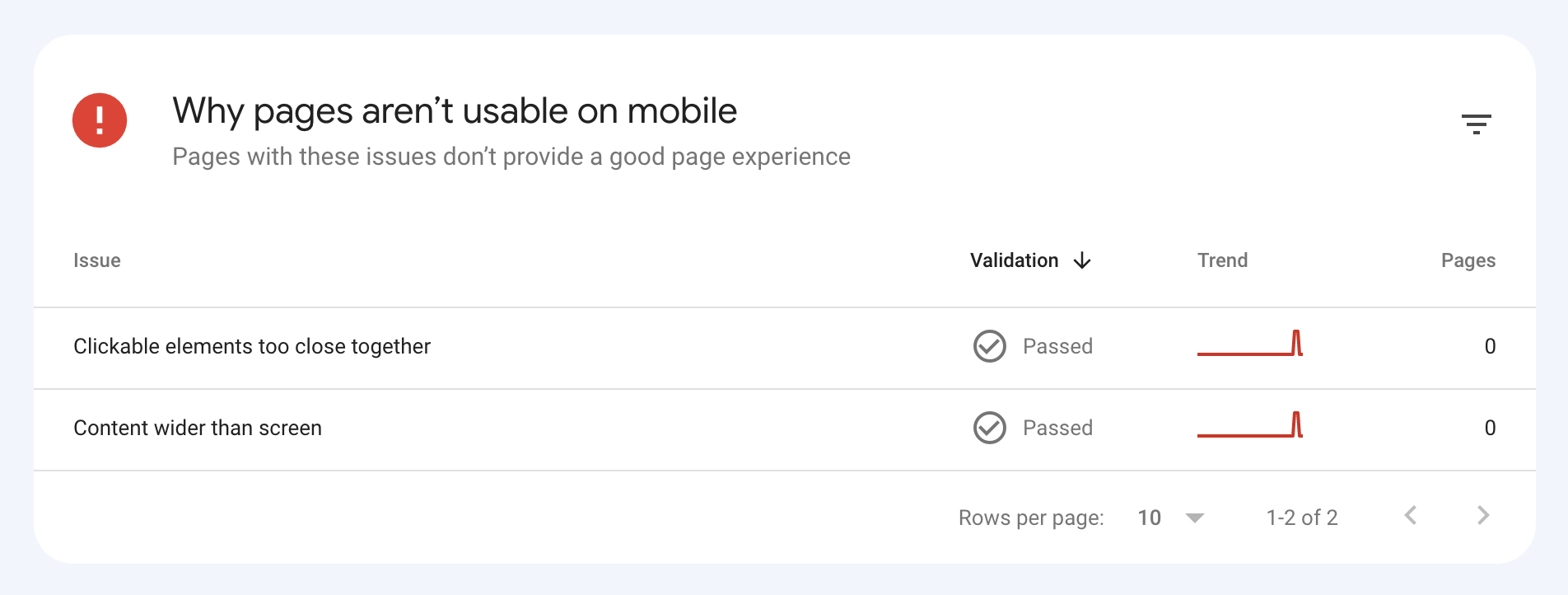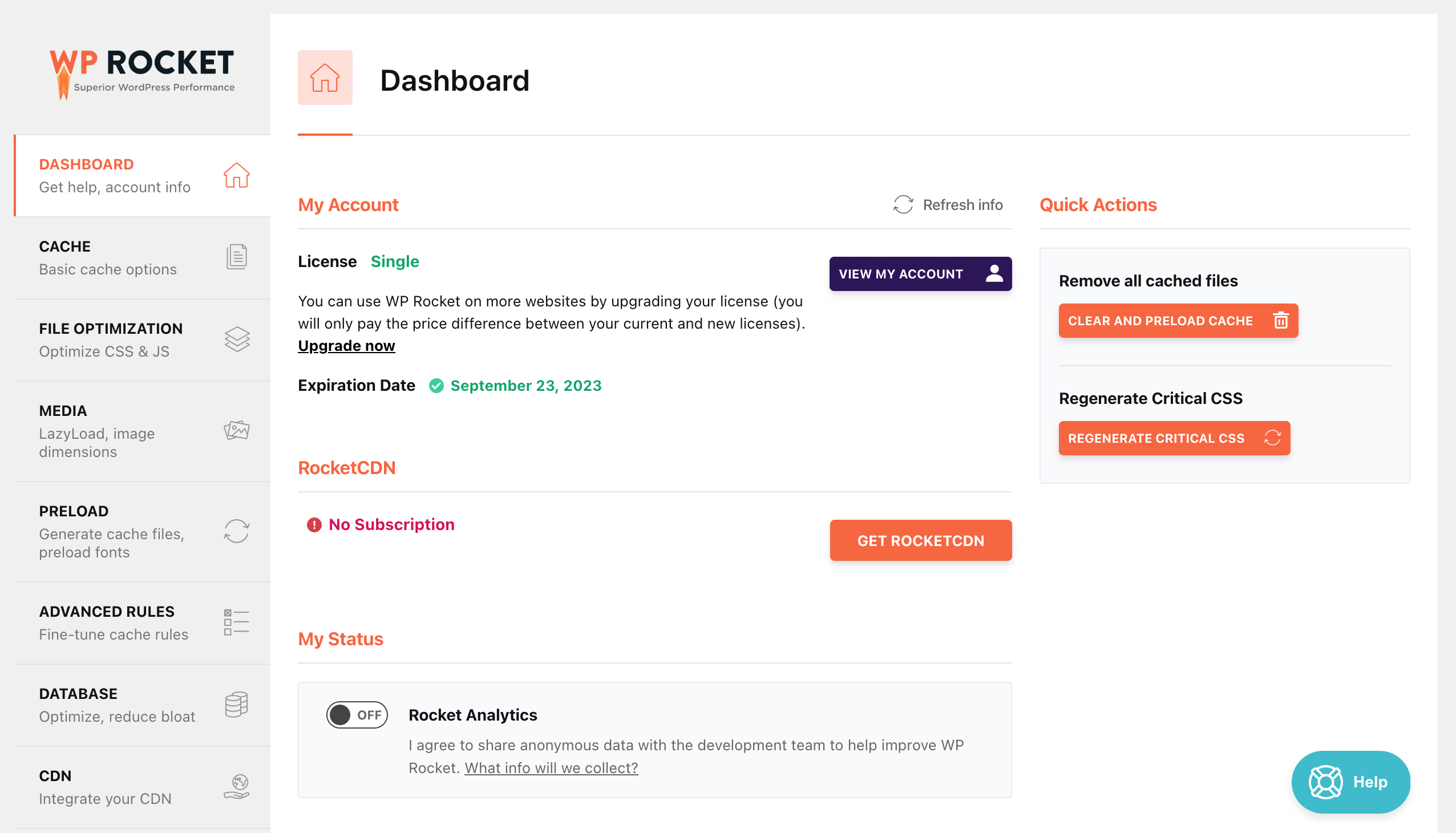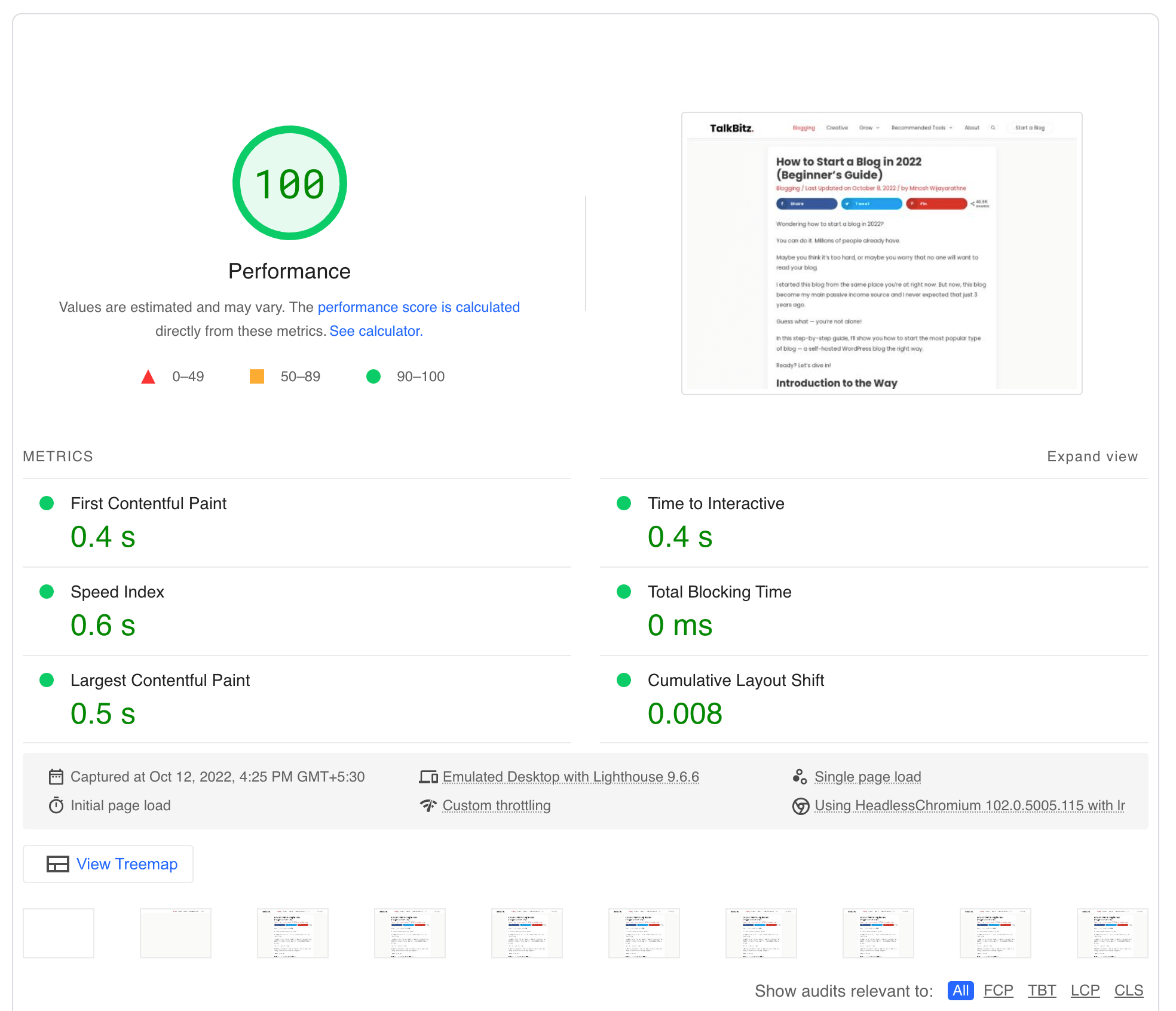You’ve tried all of the SEO things – optimizing your title tags, posting great content regularly, even struggling with getting some backlinks – but nothing seems to be working.
The reason? You’re might be missing one thing – Technical SEO.
Even if you’re familiar with the basics of SEO, what you might not realize is that there are a lot of other important details that can make a big impact on your website’s ranking.
By the end of this article, you’ll know what technical SEO is, why it’s important, and some important techniques that you can use to improve your website’s ranking.
Let’s get started!
Disclosure: Our website is reader-supported. If you purchase any product through our partner links, we may earn a commission at no extra cost to you.
What is Technical SEO?
Technical SEO is the process of improving the technical aspects of your site that affect your search engine rankings.
It involves improving the site’s coding, and structure, as well as improving the overall user experience so that search engines can easily index and crawl the site.
Without proper technical optimization, even the best-designed website can be lost in the shuffle of the internet.
Why is Technical SEO Important?
If you want your website to rank high in search engine results pages, you need to make sure that search engines can properly browse and index your site.
Imagine you are having a dinner party at your house and you want to impress your guests. You spend hours cooking a beautiful meal and setting the table. But, when your guests arrive, the front door is locked and they can’t get in.
Likewise, if search engines can’t properly browse your website and index it, your efforts will be wasted.
That’s why technical SEO is important.
By improving the technical aspects of a site, you can make it easier for search engines to find and index your content, which will ultimately lead to better visibility and more traffic.
The Basics of Technical SEO
You want to be on the first page of search engine search results. Who wouldn’t? In fact, 75% of users don’t even scroll past the first page.
But how do you get there? Yes, it’s not easy.
But with this article, you’ll be able to identify areas of improvement on your website so that you can take action to improve your rankings.
1. SSL and HTTPS
Secure Sockets Layer (SSL) is a standard security technology that encrypts communication between a website and a user’s web browser.
When you install an SSL on your server, your website can be accessed using HTTPS and not HTTP. This means that all communications between your browser and the website are encrypted and secure.

To implement SSL on your website, you will need to obtain an SSL certificate from a Certificate Authority (CA). Once you have obtained a certificate, you will need to install it on your web server and configure your website to use SSL.
If you are not comfortable working with certificates and web servers, you can contact your web hosting provider to obtain an SSL certificate.
You can also use a service like Cloudflare to manage your SSL implementation super easily. Cloudflare offers free SSL certificates and makes it easy to set up HTTPS for your website.
2. Mobile-Friendliness
As the number of mobile users continues to grow, it’s important to make sure your website is optimized for them.
Google Search Console’s Mobile Usability report is a great way to check the mobile-friendliness of your site. The report will show you any errors that are preventing your site from being displayed correctly on mobile devices.

You can then fix these errors to improve the mobile-friendliness of your site.
If you’re using WordPress, make sure you’re using a mobile responsive theme. This way, you won’t need to worry about this thing again.
3. Optimize Page Speed
Speed is a critical ranking factor for websites. A slow website can hurt your business in several ways, including lower search engine rankings, lost visitors, and decreased conversion rates.
There are many technical factors that can affect website speed, such as server response time, file size, and code structure. Optimizing these factors can help improve your website’s speed and performance.
If you’re using WordPress, you can use the WP Rocket plugin to speed up your site.

The plugin is designed to improve your website’s performance by caching pages, optimizing CSS and JS, eliminating render-blocking resources, and more.

In addition, the plugin is compatible with most major WordPress themes and can be easily configured to work with your existing setup.
Overall, I’m very happy with the results I’m seeing from using WP Rocket.
If you’re not a fan of doing things yourself or don’t have the time to do so, then you can always try out WP Buff’s website speed optimization service. They also offer a wide range of services to help you solve your WordPress issues.
4. Fix Duplicate Content Issues
If you’re a website owner, you’ve likely heard of the term “duplicate content.”
Duplicate content is confusing for both users and search engines.
When users see the same content on multiple websites, it can be confusing and frustrating. Search engines also have a hard time indexing and ranking websites that have duplicate content.
There are a few ways to fix duplicate content issues.
One way is to use the rel=”canonical” tag. This tag tells search engines which version of the content is the original, and which versions are duplicates.
Another way to fix duplicate content issues is to use 301 redirects. 301 redirects tell search engines that a piece of content has been moved permanently and that they should update their records accordingly.
If you’re not sure how to fix your duplicate content issue, you can always reach out to a professional SEO company for help or hire a freelancer from sites like fiverr.com.
5. Optimize Your URL Structure
An optimized URL structure is important for two main reasons: first, it can help search engines better crawl and index your site; second, an optimized URL can give users a better experience by making it easier to understand what the page is about.
There are a few things to keep in mind when optimizing your URL structure:
- Keep URLs short and sweet
- Use hyphens to separate words
- Use lowercase characters
- Avoid using special characters
- Include your target keywords
When creating a new post in WordPress, you may have noticed that it automatically creates a URL based on your post title. But if you have a long one, you may want to make it shorter and WordPress allows you to modify it easily.
6. Fix Broken Links
When a link on your website is broken, it can cause a number of problems. First, it can prevent users from being able to navigate your site properly. Second, it can make it harder for search engines to find and crawl your site.
And finally, it can damage your reputation with both users and search engines.
Fixing broken links is relatively simple.
First, you’ll need to identify which links are broken. You can do this manually or by using a tool like Semrush or Dr.LinkCheck. Once you’ve identified the broken links, you’ll need to update or remove them.
7. Add Structured Data
Structured data helps search engines understand your content or even your business.
There’s a fixed format that you should follow, which is described on Schema.org. By following this format, search engines will be able to find and understand the information on your website easily.
Implementing Schema to your website can help improve your click-through rate (CTR) from SERPs, as well as help your site appear in Rich snippets.
If you’re using WordPress, you should definitely try the RankMath plugin. It’s a free plugin that adds Schema and other features to help your website rank better in search engines.
8. Create an XML Sitemap
An XML sitemap is a file on your website that tells search engines about the pages on your site. A sitemap is like an outline (a roadmap) of your website. It helps search engines discover your content.

If you’re using RankMath WP Plugin, your XML sitemap is created automatically. Once you’ve created the sitemap, you can submit it to Google through their Search Console platform.
The Best Tools to Win Technical SEO
If you want to win at technical SEO, you need to have the right tools in your toolbox. Here are 5 essential tools that will help you get the job done:
- Semrush: This is a paid tool (but there is a limited free version as well) that offers a lot of features, including technical SEO audits, keyword research, and competitor analysis.
- Google Search Console: This is a free tool from Google that gives you insights into how your website is performing in search results.
- Google PageSpeed Insights: This tool analyzes your website’s speed and provides recommendations on how to improve it.
- RankMath: This is a free WordPress plugin that can help you optimize your website for better visibility in search engine results pages.
- WP Rocket: This is a paid WordPress plugin that can help you speed up your website by caching files, optimizing CSS and JS, and more, which is great for both users and search engines.
And most importantly, as your website grows, so does the amount of traffic it receives. To ensure that your site can handle a lot of visitors, you need to upgrade your hosting.
With a better hosting plan, you’ll get more resources, faster speeds, and improved uptime.
Final Thoughts
Too often, website owners focus on the design elements of their site while ignoring the more nuts-and-bolts that keep the site humming along.
By understanding the basics of Technical SEO, you’ll make it easier for search engines to find and crawl your site, which will ultimately lead to a better ranking in search results.
If you’re looking to learn more about Technical SEO, Semrush Academy has a free in-depth course that will teach you everything you need to know.
Happy SEO!
